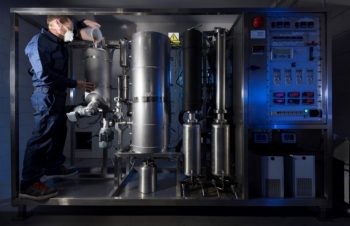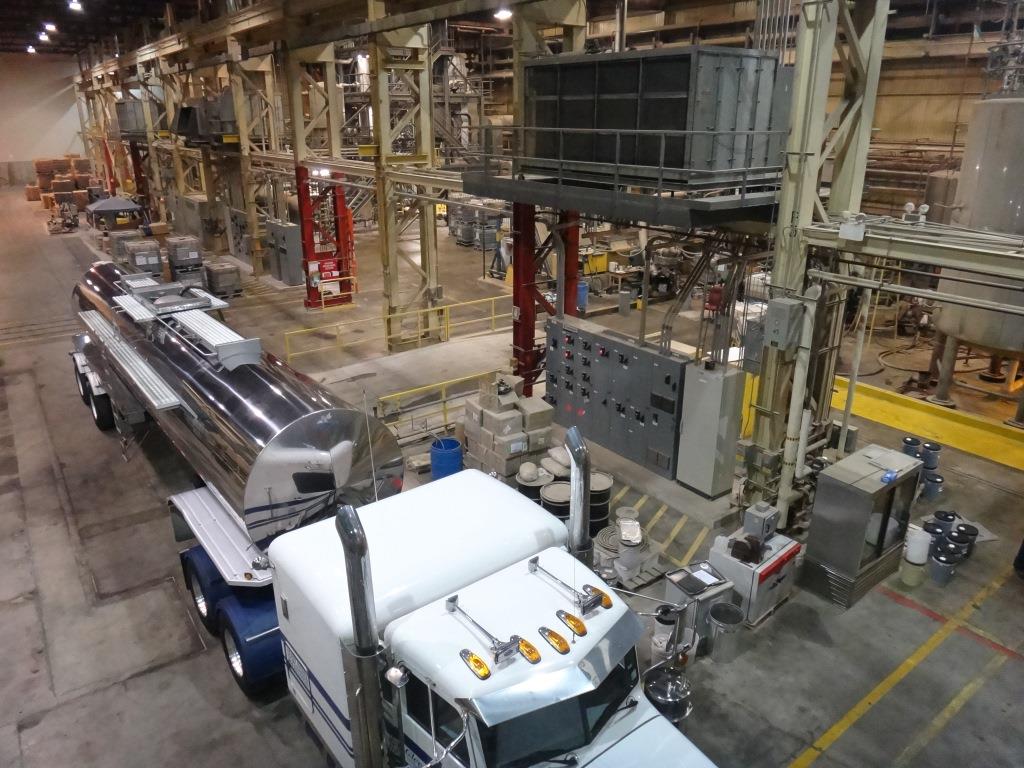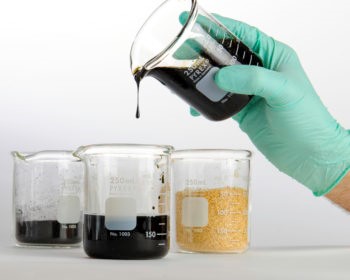Pyrolysis Explained
Key Points
- Pyrolysis is one of the processes that naturally takes place as part of every fire
- Pyrolysis technologies convert solid biomass into solids, liquids, and gases in varying proportions depending on process conditions
- The liquid product recovered from pyrolysis technologies is often called “bio-oil”
- Bio-oil can be used as a liquid biofuel for heating or industry
- Furthermore, bio-oil can be used as feedstock for the production of higher value products or transportation fuels
- Fast pyrolysis is a subcategory of pyrolysis relying on very rapid particle heating and low residence time for maximum liquid yield



Pyrolysis
Pyrolysis is thermal decomposition occurring in the absence of oxygen1. It is always also the first step in combustion and gasification processes where it is followed by total or partial oxidation of the products. Pyrolysis converts biomass into a solid product (char), condensable vapors (bio-oil) and gases (e.g. CO2, CO, CH4, H2 etc). Primarily, the interaction between pyrolysis temperature and residence time influences the yield distribution and quality characteristics of these products. In the context of liquefaction processes, the focus is on liquid products, i.e. bio-oil. Highest liquid yields can be achieved using optimized process conditions such as a moderate temperature, a high particle heating rate, and a short vapor residence time; this process is most commonly referred to as ‘fast pyrolysis’. The product distribution obtained from different modes of pyrolysis process are summarized in the table below.
Table 1: Typical product yields (dry mass basis) obtained by different modes of pyrolysis of clean wood
| Mode | Conditions | Mass yields | |||
|---|---|---|---|---|---|
| Temperature | Residence time | Liquids | Char | Gas | |
| Slow (Torrefaction) | 290°C | long (30 min) solids residence time | 5% | 80% | 15% |
| Slow (Carbonization) | 400°C | long (hrs+) solids residence time | 30% | 35% | 35% |
| Intermediate | 500°C | Intermediate (20 s) vapor residence time | 50% | 25% | 25% |
| Fast | 500°C | Short (1s) vapor residence time | 75% | 12% | 13% |
Table adapted from: Bridgwater, A. V. (2012). “Review of fast pyrolysis of biomass and product upgrading.” Biomass and Bioenergy 38: 68-94.
Fast pyrolysis can be realized as a technical process, which then often includes following process steps:
- drying the feed to a moisture content of 10% or less in order to minimize the water in the product liquid oil
- grinding the feed (to around 2 mm in the case of fluid bed reactors) to give sufficiently small particles to ensure rapid reaction,
- a pyrolysis reactor,
- a system to separate solids from the gases and vapors,
- a quenching and collection system for the liquid product (bio-oil), and
- system(s) to combust the produced gas and char to provide heat for the reactor or dryer or export
As this task focusses on direct liquefaction approaches, fast and intermediate pyrolysis are the most relevant due to their capability to yield high amounts of liquid. Among these, fast pyrolysis is of particular interest since there are several ongoing commercial efforts. Fast pyrolysis occurs in a time of few seconds or less. Therefore, not only chemical reaction kinetics but also heat and mass transfer processes, as well as phase transition phenomena, play important roles. One critical issue is to raise rapidly the temperature of the reacting biomass particle to the process optimum while minimizing its exposure to lower temperatures that favor formation of charcoal.
This objective can be achieved by using small particles (typically <2 mm or less), for example in fluidized bed reactors. Another possibility is to transfer heat very fast only to the particle surface that contacts the heat source, which is applied in ablative pyrolysis. A second important aspect for fast pyrolysis is minimizing vapor residence time at pyrolysis temperature. This objective can be achieved by a combination of equipment size reduction and rapid cooling for bio-oil recovery, e.g. in a quench. After cooling and condensation, a dark brown mobile liquid is formed which has a heating value about half that of conventional fuel oil. The bio-oil is a complex liquid emulsion of oxygenated hydrocarbons, polymers and water.
While it is related to the traditional pyrolysis processes, such as those for making charcoal, fast pyrolysis is a more complex process, with carefully controlled parameters to give high yields of liquid.
The main product, bio-oil, is obtained in yields of up to 75% wt on dry feed basis, together with by-product char and gas. These are often used within the process to provide the process heat requirements, so there are no waste streams other than flue gas and ash.
Virtually any form of biomass can be considered for fast pyrolysis. Most work has been carried out on (clean) wood since it produces highest yields of good quality bio-oil. Nearly 100 different biomass types have been tested by many laboratories ranging from agricultural wastes such as straw, olive pits and nutshells to energy crops such as miscanthus and sorghum, forestry wastes such as bark and solid wastes such as sewage sludge and leather wastes. The different characteristics of these feedstocks often lead to inferior bio-oil yield and quality compared to that from clean wood.


